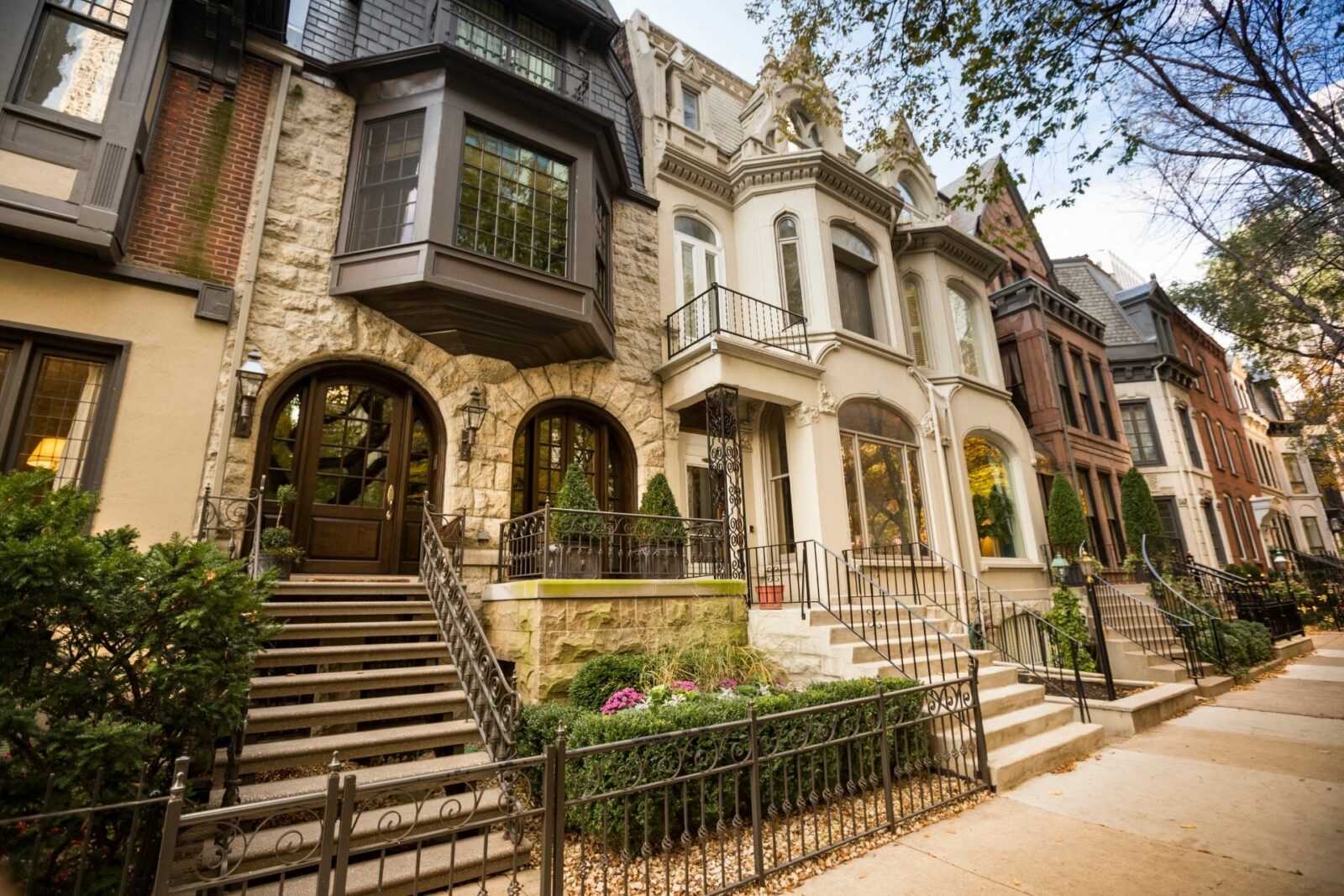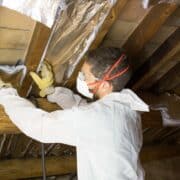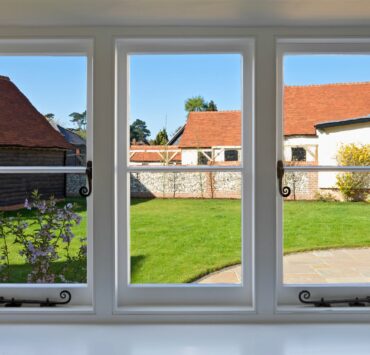When undertaking a historic home renovation, preserving its unique character and charm is essential while updating it for modern living.
Historic homes often have architectural details, such as millwork and trim, pocket doors, hardwood floors, fireplaces, and original tile, that are irreplaceable and give the home its character.
However, there are also crucial areas where updates are necessary, such as windows, HVAC, electrical and plumbing systems, appliances, and cabinetry.
In this article, we’ll discuss why preserving the unique character of historical homes is essential, common mistakes to avoid, creative ideas for restoring historical homes, and critical things to protect and replace.
Why Should You Reserve the Unique Character of Historic Homes
Historic homes represent so many things and are far more than old houses. Along with their unique charm and character, they are physical remnants of the past and a museum in its own right throughout the changing times. Renovating a historic home requires a thoughtful balance between retaining the home’s essence and making necessary changes. Preserving the unique features of a historical home pays homage to its beauty while honoring its historical significance.
Common Mistakes to Avoid When Renovating Historical Homes
One of the most common mistakes people make when renovating historical homes is altering it beyond recognition. For instance, a common renovation mistake would be overhauling the hardwood floor for a more modern aesthetic. Many features in a historic home would work perfectly well with a current upgrade that involved restoration and repair work instead of replacing it altogether. The home’s character is ultimately changed with such drastic aesthetic changes.
Another common mistake is adding modern features that clash with the home’s historic aesthetic. For instance, a sleek, contemporary light fixture in a room with ornate plaster moldings and ceiling medallions is jarring. A vintage chandelier would fit in much better.
Lastly, not researching the home’s history and architectural style before renovating can lead to mistakes. Understanding the home’s architectural style and historical significance is essential before making any changes. This way, you can make updates that complement the home’s original character and style.
What creative ways to update historical homes while preserving their character and charm?
One of the best ways to update a historic home is to focus on modernizing functional areas, such as the kitchen and bathroom, while preserving original features in other areas of the house. For example, updating the kitchen with modern appliances and cabinetry while preserving the original millwork and trim can provide a balance of modern convenience and historical character.
Another creative way to update a historic home is strategically using color and lighting. Incorporating vintage-style lighting fixtures and using historically accurate paint colors can enhance the home’s historical character while providing a modern feel.
Key Things To Preserve
When renovating a historical home, several key features should be preserved to maintain its unique character and charm. These include:
Millwork and Trim
Original millwork and trim add to the home’s historical character and should be restored rather than replaced.
Pocket Doors
Pocket doors were a common feature in historic homes and are worth preserving.
Hardwood Floors
Original hardwood floors should be preserved and restored rather than replaced with modern flooring.
Fireplaces
Original fireplaces add to the home’s aesthetic and should be preserved whenever possible.
Original Tile
Original tiles in bathrooms or kitchens are worth preserving, as they add to the home’s historical significance.
Key Things To Replace
Windows
Older windows are often drafty and inefficient, resulting in higher energy bills and discomfort for occupants. Replacing windows with energy-efficient options that complement the home’s original style can improve energy efficiency while maintaining its character.
HVAC
Older HVAC systems can be inefficient and expensive to maintain. Upgrading to a more energy-efficient system can save money on energy bills and improve indoor air quality and comfort.
Electrical and Plumbing
Older electrical and plumbing systems can be outdated and unsafe. Upgrading to modern systems can improve safety and efficiency while maintaining the home’s historical character.
Appliances
While preserving the historic character of a home is vital, it’s also essential to have functional and modern appliances. Upgrading to energy-efficient appliances with a vintage look can balance modern convenience and historical character.
Cabinetry
Older cabinetry may not provide the storage and functionality needed for modern living. Upgrading to custom cabinetry that matches the home’s historical character can provide modern functionality while still maintaining its charm.
In conclusion, historical home renovation requires a delicate balance between preserving its unique character and updating it for modern living.
When preserving the unique character of historic homes, Linda Law, who purchased the Vanderbilt Berkshires Estate, had the right approach. “Collectively, we have done a tremendous amount of research on the architecture and design of the Gilded Age and the history of the Vanderbilt family. We feel a tremendous responsibility to pay homage to its legendary past. Equally as important, we will pay the utmost attention to the historical importance of Elm Court as its entity.”
By avoiding common mistakes, researching the home’s history and architectural style, and focusing on updating functional areas while preserving key features, homeowners can successfully undertake historical home remodeling while still maintaining their charm and historical significance. Remember, the goal is not to turn the home into a modern space but to update it in a way that complements its original style and maintains its historical significance for years.








